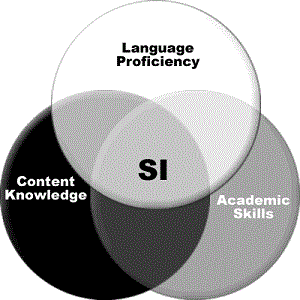In 2000, the English Language Learner (ELL) population at Fargo High School barely hit 3%; 15 years later, refugees and immigrants make up 10% of the student population. Leah Juelke, ELL specialist, makes it her mission to welcome and educate these teenagers and, so do their peers native to North Dakota, thanks to the school’s Partnership for New Americans.
 The initiative mirrors the Sheltered English Instruction model, a strategy Leah researched on a Fund for Teachers fellowship. To better reach her students, largely emigrating from in and around Tanzania, Leah attended a Sheltered Instruction Observation Protocol Workshop there to learn from Tanzanian, Kenyan and American secondary teachers about ways to simultaneously teach language, content and academic skills.
The initiative mirrors the Sheltered English Instruction model, a strategy Leah researched on a Fund for Teachers fellowship. To better reach her students, largely emigrating from in and around Tanzania, Leah attended a Sheltered Instruction Observation Protocol Workshop there to learn from Tanzanian, Kenyan and American secondary teachers about ways to simultaneously teach language, content and academic skills.

Leah (center) taking part in the Sheltered Instruction workshop in Arusha, Tanzania.
“When I set out to complete my fellowship in Tanzania and South Africa, I knew that I would learn something more about my students, but what I didn’t know was that my experience would completely change the way that I teach,” said Leah. “My eyes were opened to the rugged ways of life that many of my students come from. I couldn’t help but to make connections between the refugees in South Africa and those in North Dakota. South Africa’s current xenophobia movement mirrored what is happening in North Dakota.”
“It’s really opened my eyes to all the different cultures that are here in the Fargo area,” said one native Fargo student speaking of the Partnership. “And it’s helped me see that there are a lot of different ways of living life.”
As part of the Green Card Voices initiative, last year Leah and her English Language Learners published their personal narratives in a book called Green Card Youth Voices: Immigration Stories from a Fargo High School (for purchase here). This compilation now serves as a vehicle to generate awareness about the immigrant experience and includes links to the students’ video narrative, a study guide, and glossary to help teachers use the book as an educational resource when teaching about immigration.


Watch a trailer for the book and meet the authors.
“The Journey to America project helped me share my story and understand my classmates more,” said Aline, a junior from Congo. “Before, I didn’t talk about my life in Africa because it was so sad, but now my family and I talk about it and we have come to peace.”
This year, Leah was named North Dakota’s 2018 Teacher of the Year and received her honor from the governor and in front of her students and school community at a surprise ceremony in the Fargo High School gymnasium. Afterwards, her mission continued to be her clarion call.
“I’d like to encourage people to be open-minded, and to know that diversity is a wonderful thing,” she said. “By being educated more about other cultures, it just opens a lot of doors. And getting to know our neighbors is very important.”

